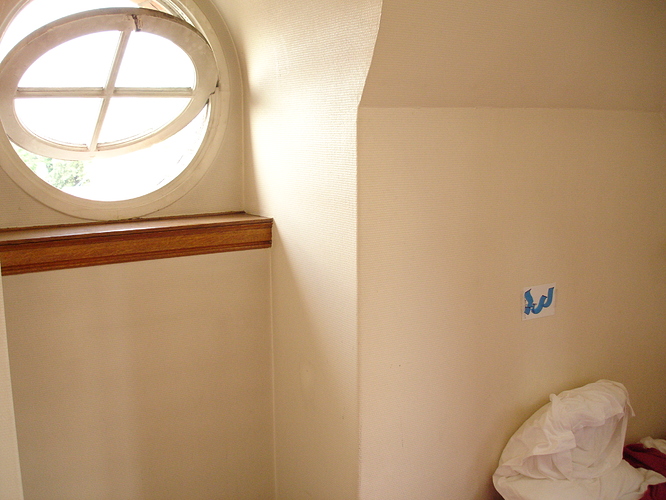In Aesthetics for Birds and in Cleveland Review of Books, Misty Morrison and I published an essay on the use of trauma in socially engaged art:
By “trauma-feeding,” we refer to a practice of making art about trauma that has the obvious effect of soliciting people’s sympathy and, possibly, stirring up more trauma or trauma-related effects in spectators. In addition, this practice feeds on trauma, using it to generate buzz and interest, often translating into investment or into cultural capital, which amounts to almost the same. The practice feeds trauma (not just “feeds on” trauma), too, because it stirs up a sense of the world as precarious without following though in moral responsibility for what has been stirred up.
The essay contains discussions of Dana Schutz’s “Open Casket” and artwork by Michael Rakowitz alongside his withdrawal from the Whitney Biennial. The essay situates the discussion against Claire Bishop’s tacit understanding of morality in her talks and writing on participatory art:
Morality troubles the sense of unjust worlds. Unlike Bishop (for instance, in her lecture, “Participation and Spectacle: Where Are We Now?”), we think that a consistent artistic practice around social injustice does not actually challenge moral obligation per se ; it reveals the ambiguities of obligation. Some obligations demand follow-through, and this is the case with trauma. When contemporary trauma-feeding artworks co-opt the space of reflective wonder to turn it into a consumable experience, they disconnect it from the implications of the sense of the issues involved, such as trauma. Ironically, this preserves aesthetic complacency. Scholars such as Bishop who equate morality with bourgeois systems miss the aesthetic perturbance produced by moral accountability itself.
Morality, in our understanding, challenges the institutional framing of trauma-based art, which we discuss through the category of formal causality:
We think that trauma-feeding is shaped formally by its adaptive role in a neoliberal art economy. Consumable spectacle invites attention, capturing spectatorship, gallery foot-traffic, gallery product purchase, media attention, and direct investment of various forms. Trauma-feeding also keeps the system just as it is, since it does not challenge the boundaries of the installation in any fundamental way. Come, spectate, and go home – feeling your moral feeling, too! Nothing more is required of you to change the system that has caused the trauma – or so the enclosed art experience relays in its framing. Finally, trauma-feeding sets up its artist and institutional practitioners as sympathetic people in their own right, capturing the appearance of moral authority and credibility. This both incites investment and keeps the system just as it is, while setting up a star system of artists who are parasitic on everyday moral sensibilities.
Against such institutional corruption, we propose four criteria for following through on trauma when it is the origin of the work of art:
- Follow through to political work (a substantive criterion)
- Follow through in social labor (a substantive criterion)
- Follow through over enough time for adequate response (a formal criterion)
- Follow through involving self-awareness (a formal criterion)
The point of our essay is to begin to disrupt the “order of the sensible” in high art practices around trauma.
Check out AfB or CRB if you’re interested in reading more.
